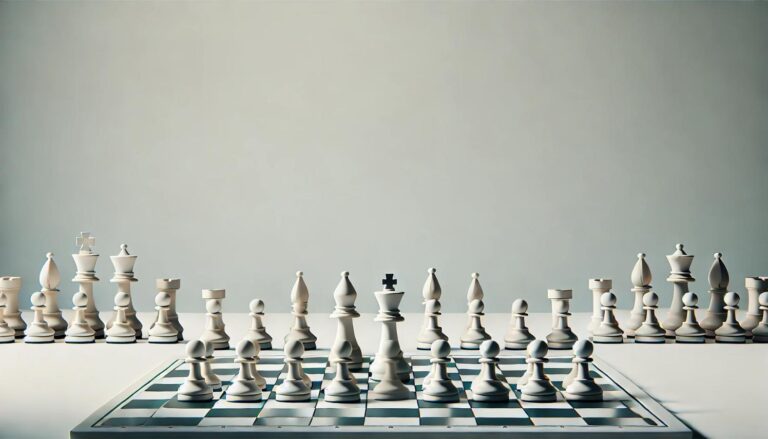Introduction
Chess is a timeless game that has been played for centuries. It is a game of strategy, skill, and critical thinking, and has been known to captivate players of all ages. The game is played on a chessboard consisting of 64 squares, with both players aiming to capture the opponent´s king. Despite its simple set-up, the game of chess is not easy to master. One of the many aspects that make chess such a challenging game is the number of moves that can be made during a single game. In this article, we will explore the question, “How many moves in a chess game?” by breaking down the moves into different categories and analyzing their significance in the game.
The Setup
Before diving into the different moves in a chess game, it is crucial to understand the initial set-up. At the beginning of a game, each player has 16 chess pieces, including a king, a queen, two rooks, two knights, two bishops, and eight pawns. Each piece has a specific role and moves in a unique way, making the game of chess diverse and challenging. The pawns, for instance, can only move one square at a time, while the knights move in an L-shape, and the bishops diagonally. These different movements are what make the game of chess so intriguing, as players must anticipate their opponent´s next move and plan accordingly. Now that we understand the setup let´s look at the different categories of moves in a chess game.
The Three Types of Moves
There are three types of moves in a chess game: capturing moves, non-capturing moves, and special moves. Each of these types plays a significant role in the game and is crucial to understand when playing chess.
As the name suggests, capturing moves involve capturing an opponent´s piece by moving one of the player´s pieces to the occupied square. Capturing moves are essential in eliminating the opponent´s pieces and gaining control of the board. When a piece is captured, it is removed from the game, and the capturing piece takes its spot. Capturing moves are not limited to pawns but can be made by any of the pieces, with each piece having its unique way of capturing. For example, the queen, rooks, and bishops can capture pieces in a straight line, while knights have an L-shaped capture.
Non-capturing moves, on the other hand, involve moving a piece without capturing any of the opponent´s pieces. These moves play a significant role in the strategic aspect of the game as they allow players to build their defenses and position their pieces in a favorable manner. Unlike capturing moves, non-capturing moves are not limited to one square but can involve moving a piece across multiple squares in one turn.
Special moves include moves that have specific rules and are unique to the game of chess. They include moves such as castling, en passant, and pawn promotion. Castling is a move that involves moving the king two squares towards a rook, while the rook moves to the square over which the king crossed. This move is an important defensive tactic and can help a player protect their king. En passant is a special capture move made by a pawn, where it captures an opponent´s pawn by moving diagonally to the square behind the opponent´s pawn. Pawn promotion, on the other hand, occurs when a pawn reaches the opponent´s side of the board, and it is replaced by a more powerful piece such as a queen, rook, bishop, or knight.
The Number of Possible Moves in a Chess Game
Now that we have an understanding of the different types of moves let´s explore the question “How many moves in a chess game?” The number of possible moves in a chess game is staggering, and it is estimated to be in the billions. A study conducted by Claude Shannon, a mathematician at Bell Labs, determined that the number of possible chess positions is between 10^43 and 10^50. This number is equivalent to filling the entire visible universe with chessboards and playing out every possible game in each of them. This means that it is almost impossible to have the same game of chess played twice, making each game a unique experience.
In conclusion
In conclusion, there is no definite answer to the question “How many moves in a chess game?” as it depends on the type of moves made and the players´ strategies. However, it is estimated that the number of possible moves in a game of chess is in the billions, making it a highly intricate and challenging game. Each move plays a crucial role in determining the outcome of the game, and understanding the different types of moves is essential in becoming a successful chess player. The game of chess continues to fascinate players all over the world, and its endless possibilities make it a timeless and beloved pastime.


